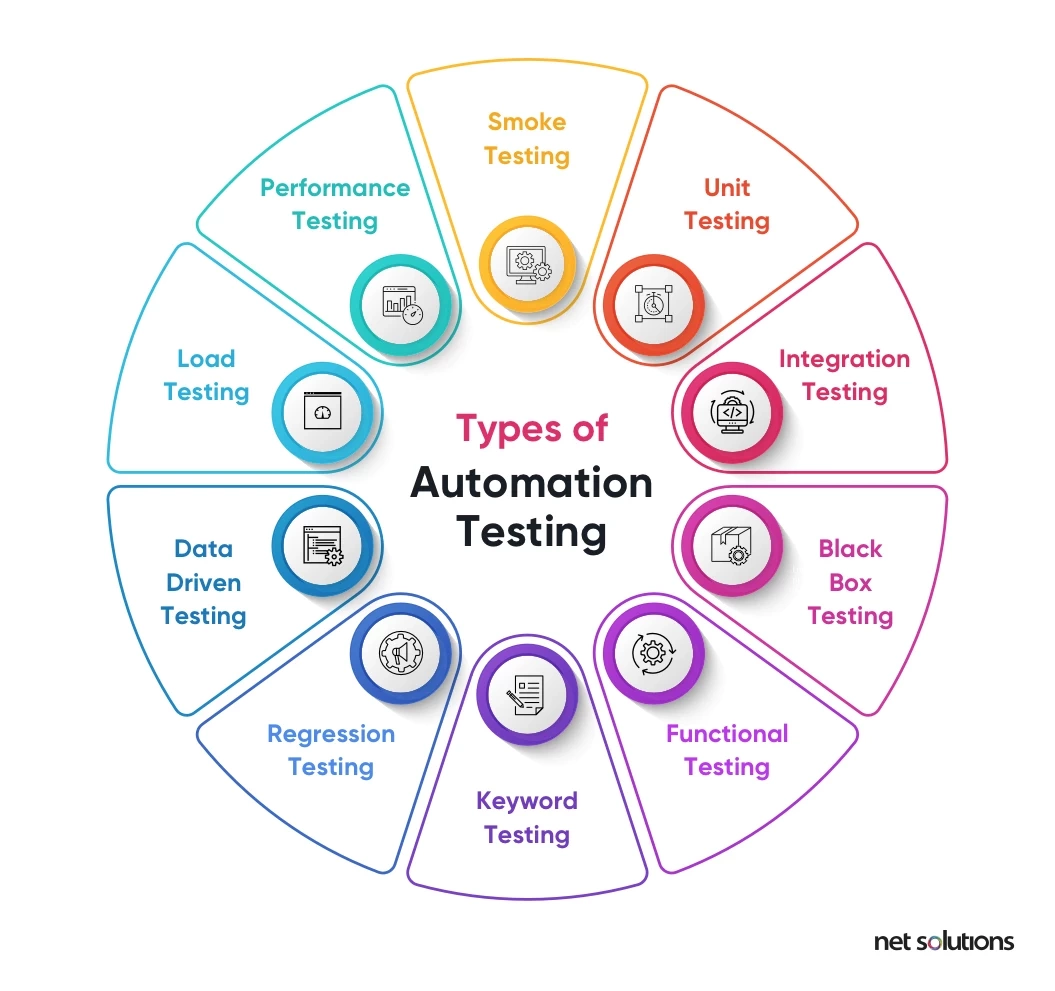Automation Testing: Secret Steps to Improve Development Lifecycles
Automation Testing: Secret Steps to Improve Development Lifecycles
Blog Article
Guaranteeing Success in Automation Testing: Key Metrics, Difficulties, and Solutions Every QA Team Should Know
In the world of software program quality control, the landscape of automation screening is ever-evolving, demanding a precise technique to make sure seamless operations. Key metrics function as the compass directing QA teams with the huge surface of test automation, clarifying progression and locations for improvement. Nonetheless, difficulties loom large, frequently casting shadows on the path to success. By comprehending these difficulties and implementing reliable remedies, QA teams can navigate with intricacies with skill. The trip to grasping automation screening is paved with subtleties that need an eager eye for tracking, evaluation, and continuous renovation. automation testing. As the market drives forward, the mission for optimum efficiency in automation screening continues to be a continuous pursuit, urging QA groups to furnish themselves with the understanding and approaches crucial for victory.
Significance of Secret Metrics
Comprehending the relevance of essential metrics is vital for assessing the performance and effectiveness of automation testing processes. Key metrics function as quantifiable steps that provide beneficial understandings into numerous elements of the testing procedure, such as test protection, examination execution time, defect density, and examination case performance. By examining these metrics, QA teams can identify bottlenecks, inadequacies, and locations for enhancement within their automation testing framework.
One important aspect of key metrics is their capability to track progression and monitor the total wellness of the screening procedure (automation testing). They enable stakeholders to make enlightened choices based on data-driven insights, which can bring about more reliable screening approaches and much better resource allowance. In addition, vital metrics can help teams set realistic objectives, gauge the success of automation efforts, and show the ROI of automation testing initiatives

Typical Obstacles Faced
Obstacles commonly experienced in automation screening processes can significantly influence the general performance and performance of QA groups. Among the major difficulties is the choice of the ideal test instances for automation. Not all examination instances appropriate for automation, and selecting the wrong ones can bring about lost time and sources. Furthermore, keeping examination scripts can be a difficult task, especially as the application undergoes regular adjustments. Test script maintenance calls for continual updates and alterations to guarantee they mirror the present functionality precisely. An additional common difficulty is the preliminary financial investment required for establishing up automation structures and tools. This can be an obstacle for some organizations, particularly smaller ones with minimal spending plans. Automation screening may not cover all elements of testing, such as use and user experience screening, which still need hand-operated intervention. Overcoming these challenges calls for proper preparation, calculated examination situation choice, durable maintenance procedures, adequate resources, and a clear understanding of the limitations of automation screening.
Efficient Solutions for Challenges
To attend to the barriers encountered in automation testing, carrying out reliable options is important for improving the effectiveness and productivity of QA groups. One essential service is to buy durable training programs for QA teams to guarantee they have the necessary skills to properly make use of automation devices. Training can connect knowledge voids, improve understanding of automation frameworks, and improve scripting capacities, inevitably causing extra effective test production and implementation.
An additional essential service is to establish clear communication networks within the QA team and with various other stakeholders, such as programmers and task managers. Reliable interaction aids in aligning assumptions, sharing development updates, and without delay dealing with issues or roadblocks that may arise during the automation testing process.

Surveillance and Evaluation Methods
Executing effective monitoring and analysis methods is vital for making certain the success and performance of automation testing procedures. Additionally, analyzing test results and metrics offers beneficial understandings right into the quality of the software application being evaluated and the performance of the screening technique.
One key technique in surveillance and evaluation is the usage of dashboards that combine relevant metrics and KPIs in an aesthetically obtainable style. These dashboards use a thorough summary of examination execution status, examination coverage, defect patterns, and other critical details. Consistently examining and evaluating these dashboards can assist QA groups make informed decisions, prioritize jobs, and enhance testing initiatives.
In addition, implementing automated alerts and notifications based upon predefined thresholds can boost proactive monitoring and timely treatment. By setting up signals for efficiency inconsistencies or test failures, groups can attend to issues immediately More about the author and prevent them from rising. In general, monitoring and analysis methods play a vital function in ensuring the performance and success view website of automation screening initiatives.
Constant Improvement Methods
Enhancing the efficacy of automation screening processes requires the regular refinement of techniques and techniques. One vital technique to enhancing automation screening processes is to perform regular reviews and retrospectives.

Final Thought
In final thought, it is critical for QA groups to recognize the essential metrics, obstacles, and options in automation testing to make certain success. By meticulously checking and examining information, applying effective remedies to common obstacles, and continuously enhancing strategies, QA teams can maximize their testing processes and supply top quality software. Complying with these techniques will ultimately cause extra efficient and efficient automation testing methods.
By analyzing these metrics, QA teams can recognize bottlenecks, ineffectiveness, and locations for improvement within their automation testing structure.
In addition, key metrics can assist groups set sensible objectives, measure the success of automation efforts, and show the ROI of automation screening initiatives.
Challenges commonly experienced in automation screening processes can considerably influence the general efficiency and effectiveness of QA groups. Automation screening may not cover all facets of testing, such as usability and individual experience screening, which still call for hand-operated treatment.In verdict, it is essential for QA view website teams to understand the essential metrics, challenges, and services in automation testing to guarantee success.
Report this page